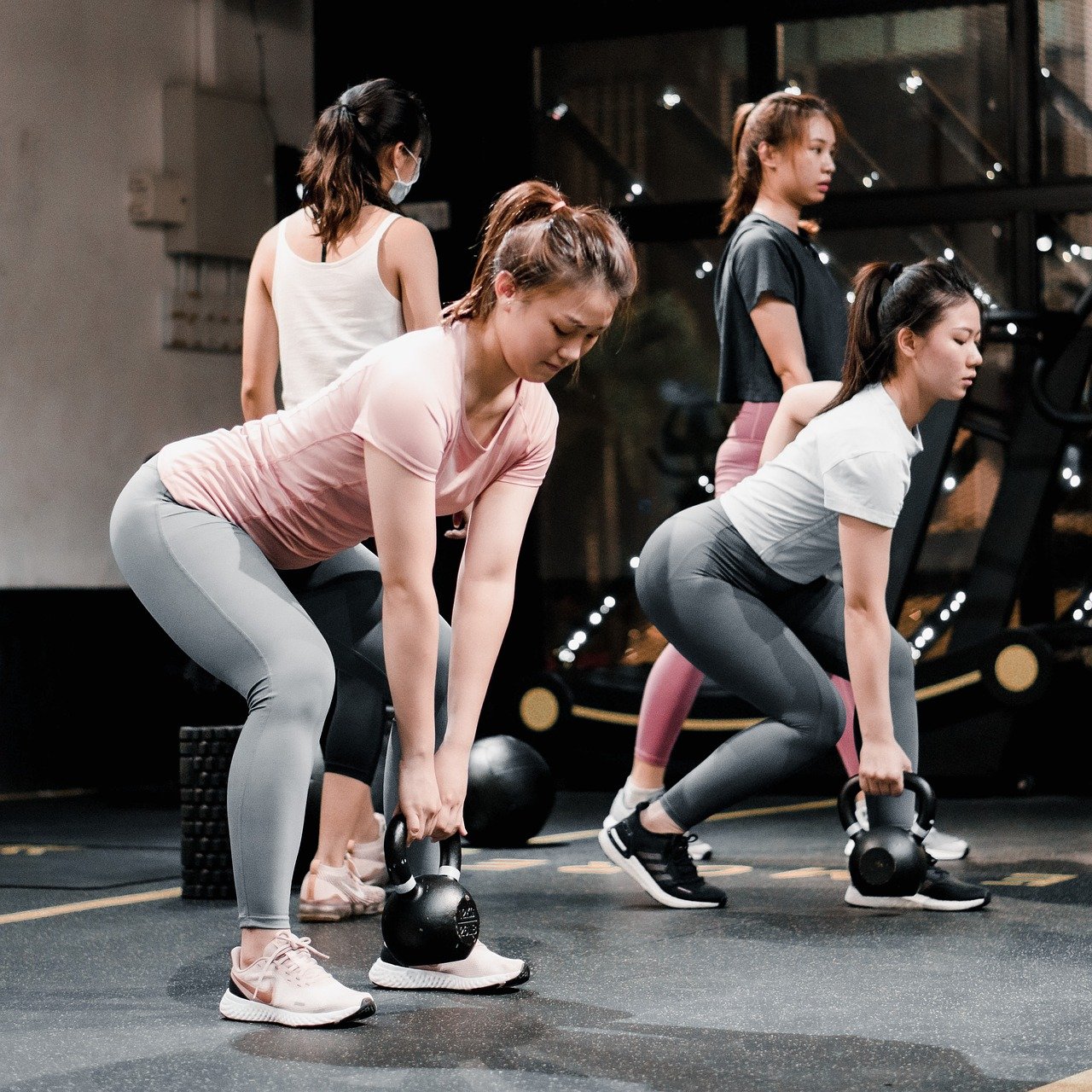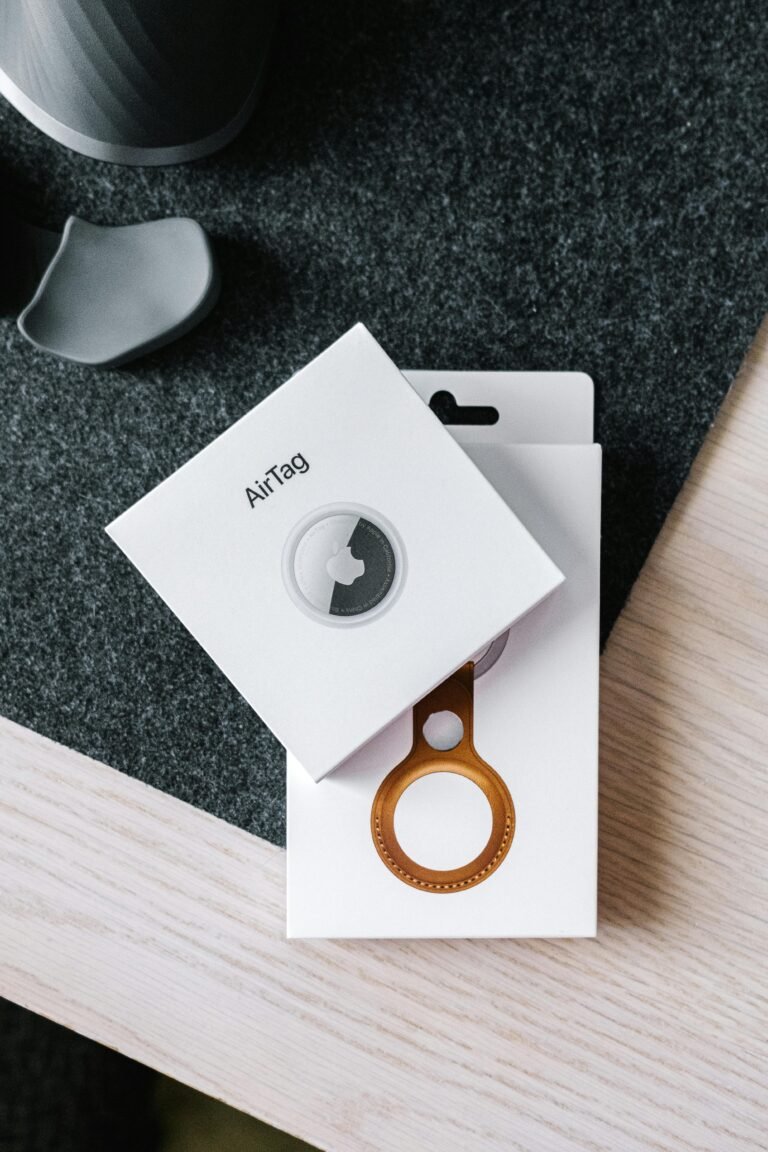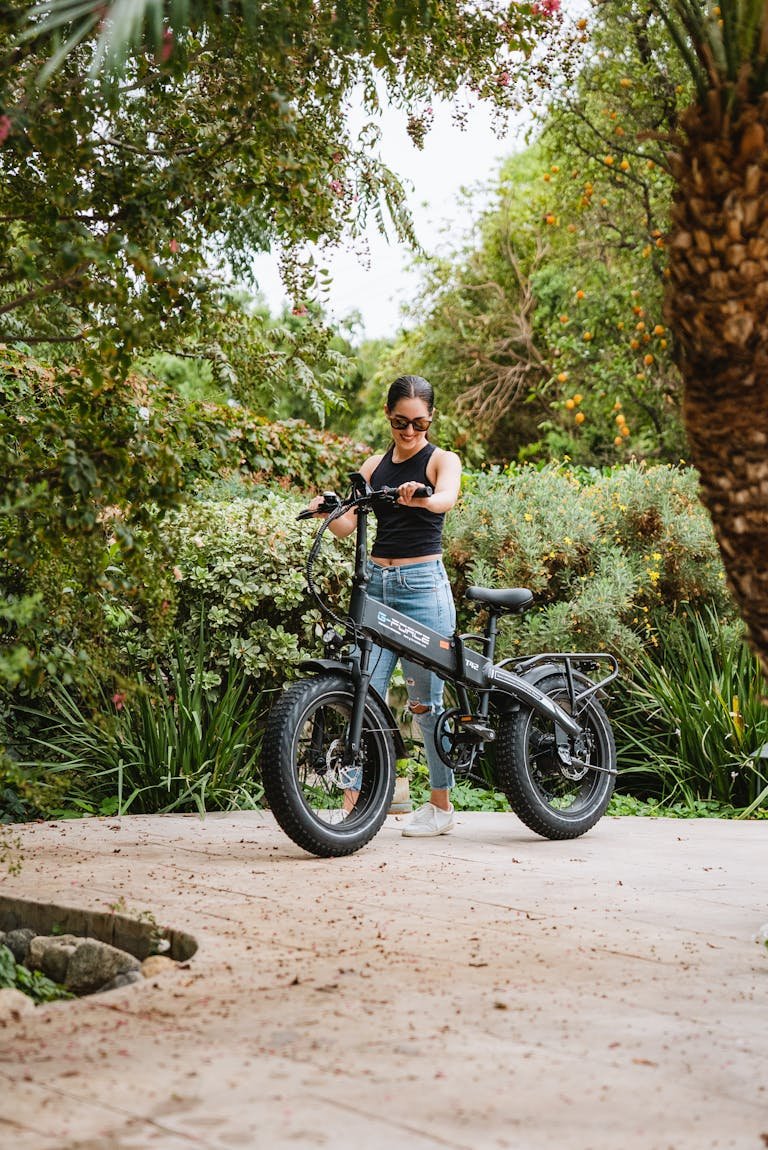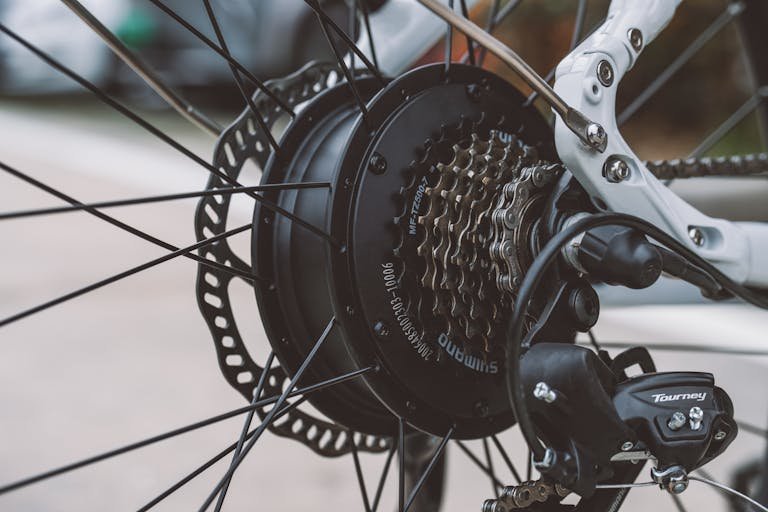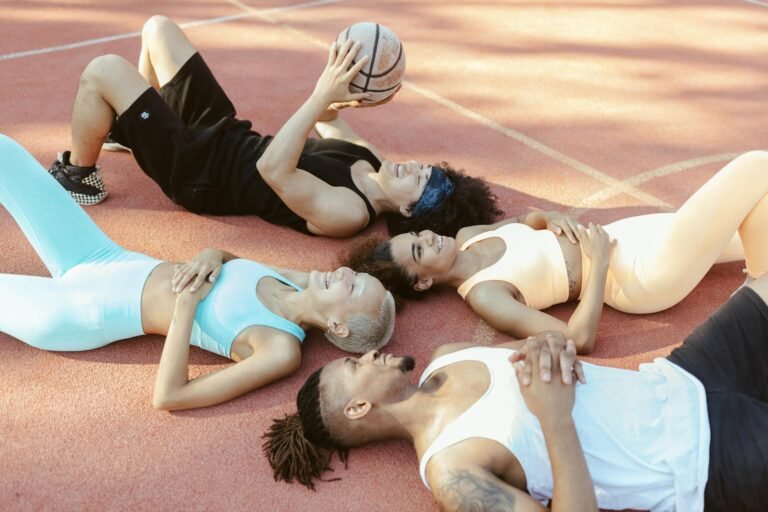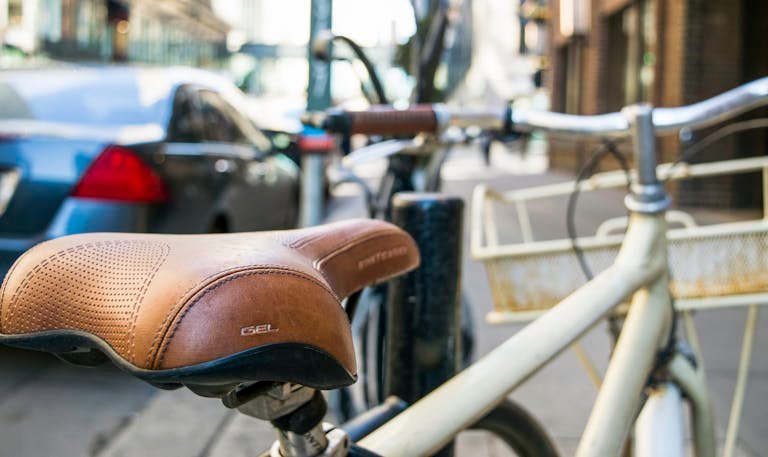How to Perform the Perfect Single Leg Deadlift for Strength and Balance
The single leg deadlift is more than just an exercise—it’s a test of strength, balance, and coordination! Whether you’re an athlete seeking improved stability or a fitness enthusiast aiming to tone your glutes and hamstrings, this movement offers incredible benefits.
Did you know that single leg deadlifts activate your core and lower body muscles simultaneously, making it a functional workout powerhouse. In this guide, we’ll break down the form, benefits, and progressions so you can perfect this move like a pro and add it to your workout. Let’s get started!
The Ultimate Guide to Single Leg Deadlifts: Master This Game-Changing Exercise
When I first attempted a single leg deadlift, I totally looked like a baby giraffe trying to walk for the first time. But after many failed attempts, I’ve learned exactly what makes it tick. Today, I’m going to share everything you need to know about the single leg deadlift, from the basics to advanced techniques that’ll transform your workout routine.
What is a Single Leg Deadlift?
You know how traditional deadlifts are amazing for overall strength? Well, the single leg deadlift takes that foundation and adds a totally new dimension to it. Think of it as the ninja version of your regular deadlift – it requires more skill, balance, and control, but the payoff is absolutely worth it.
The single leg deadlift is essentially a unilateral exercise where you’re performing a hip hinge movement while standing on one leg. It’s like doing a traditional deadlift, but you’re balancing on one leg while the other leg extends behind you as a counterweight.
What makes this exercise particularly special is how it bridges the gap between strength training and functional movement. In real life, we rarely lift things with perfect bilateral stance. Whether you’re picking up groceries, a child, or your gym bag, you’re often shifting weight to one side or another.
The Solid Benefits That’ll Make You Love Single Leg Deadlifts
First off, the strength gains are incredible. Your glutes, hamstrings, and lower back get an amazing workout, but here’s the trick – they’re working in a way that directly translates to real-life movements.
But the benefits go way beyond just strength. Your balance and coordination will improve like you wouldn’t believe. This improved proprioception (your body’s awareness of where it is in space) is crucial for preventing injuries and enhancing athletic performance.
Here’s something that blew my mind – the single leg deadlift is actually one of the best exercises for identifying and fixing muscle imbalances. We all have a dominant side (I’m definitely guilty of favoring my right), but this exercise forces both sides to work independently, helping to even things out.

Mastering the Single Leg Deadlift: A Step-by-Step Guide
Starting Position:
- Stand tall with your feet hip-width apart (trust me, wider isn’t better here)
- If you’re using weight, hold it in the hand opposite to your standing leg
- Engage your core like you’re about to get punched in the stomach (not literally, but you get the idea)
The Movement:
- Shift your weight to one leg, keeping a slight bend in that knee
- Begin the hip hinge by pushing your hips back (imagine you’re trying to touch a wall behind you)
- Extend your non-standing leg straight back as you lower your torso
- Lower until your torso is parallel to the ground (or as far as you can maintain good form)
- Drive through your standing heel and squeeze your glute to return to the start
Try to keep your hips square throughout the movement. I used to let my hips rotate open, which totally compromised the exercise’s benefits and put unnecessary stress on my lower back.
Common Mistakes (And How to Fix Them)
Man, have I seen some interesting variations of this exercise over the years! Here are the most common mistakes I’ve encountered and how to fix them:
The Rounded Back Syndrome: This is probably the most common issue I see. People tend to round their back as they lower down, especially when they’re tired. The fix? Think about keeping your chest proud and your spine long.
The Wobbling Leg: If your raised leg is doing the cha-cha while you’re trying to maintain position, you’re probably trying to go too low too soon. Start with smaller ranges of motion and gradually increase as your stability improves.

Progressive Variations to Keep Things Challenging
Just like any exercise, the single leg deadlift has a natural progression that can keep challenging you as you improve. Here’s my tried-and-true progression ladder:
- Supported Single Leg Deadlift (using a wall or chair for balance)
- Bodyweight Single Leg Deadlift (Wikipedia had a good exercise to try)
- Single Leg Deadlift with Light Dumbbell
- Kettlebell Single Leg Deadlift
- Heavy Single Leg Deadlift
- Advanced Variations (like adding a row at the bottom position)
Programming the Single Leg Deadlift
Let’s discuss reps, sets and rest for different goals:
For Strength:
- 3-4 sets of 6-8 reps per leg
- Use challenging weight
- Rest 90 seconds between sets
For Balance and Stability:
- 2-3 sets of 10-12 reps per leg
- Use lighter weight or bodyweight
- Focus on controlled movement
- Rest 60 seconds between sets
For Endurance:
- 2 sets of 15-20 reps per leg
- Use bodyweight or very light weight
- Minimal rest between sides
The key is to be consistent with your practice.
What Gets Worked in a Single Leg Deadlift
The gluteus maximus (your main booty muscle) is the star of the show in the single leg deadlift. The single leg deadlift hits this muscle differently than a regular deadlift because you’re working one side at a time, which means each glute has to work harder independently.
Your gluteus medius also gets some solid attention here. This often-overlooked muscle on the side of your hip is crucial for stability. Think of it as your body’s natural balance beam assistant. When you’re standing on one leg, this muscle is working overtime to keep your hips level and prevent you from tipping sideways.
The hamstrings are another major player in this exercise. These muscles running down the back of your thigh work incredibly hard during the hip hinge movement. They’re responsible for controlling your descent and helping you power back up to the starting position. It’s amazing to see how quickly these muscles adapt and strengthen.

Core Stabilizers: Your Internal Weight Belt
Here’s something that surprised me, your core works way harder than in a regular deadlift. I’m talking about your entire core cylinder: the rectus abdominis (six-pack muscles), obliques (side abs), and particularly your transverse abdominis (your natural weight belt).
The unilateral stance creates an unstable environment that forces these muscles to fire like crazy to maintain your balance and protect your spine. It’s like trying to keep a tower of blocks perfectly stacked while standing on one foot – your core is the glue holding everything together.
Often Overlooked but Super Important
The calves might seem like they’re just along for the ride, but they’re actually doing some serious stabilization work. Your gastrocnemius and soleus muscles are constantly making micro-adjustments to help you maintain balance. It’s like they’re playing a super intricate game of Jenga with your body weight.
Your shoulders and upper back muscles also get some action, especially if you’re holding weights. The trapezius and rhomboids work to keep your shoulder blades stable and your spine neutral. Even your forearms get some solid work if you’re gripping dumbbells or kettlebells.
The Synergy Effect
What makes the single leg deadlift totally awesome is how all these muscles have to work together. It’s not just about individual muscles doing their job – it’s about the coordination between them.
The stabilizing muscles in your ankle and foot are constantly firing to maintain balance. These muscles might be small, but they’re crucial for keeping you steady throughout the movement.
Why This Matters for Your Training
Understanding which muscles are working during the single leg deadlift helps you focus on proper engagement and get better results. For example, if you know your gluteus medius is crucial for stability, you can consciously engage it before starting the movement.
Remember, while it’s important to understand which muscles are working, the real magic happens when you focus on the movement as a whole. The single leg deadlift is an amazing example of how our bodies work as an integrated system rather than isolated parts. Keep practicing, stay mindful of your form, and you’ll develop strength and stability that carries over into everything you do!
Wrapping Up
Start slow, focus on form, and gradually progress. Before you know it, you’ll be performing this exercise with the grace of a professional athlete – well, maybe not quite, but you’ll definitely feel more confident and strong!
The single leg deadlift can be a challenging yet rewarding exercise that strengthens your body while improving balance and stability. By mastering the form and incorporating variations, you’ll build functional strength and prevent injuries.
Whether you’re new to this movement or looking to advance your skills, consistency and proper technique are key. Ready to see the difference? Add single leg deadlifts to your routine today and start building strength one leg at a time!
Find More Resources on Bicycles
- Smart Bike Trainers: 2024 Best Picks with Features and Benefits
- How to Improve Cycling Endurance in 2025: 5 Proven Strategies for Cyclists
- Bicycle Chain Maintenance: 2025 How to Clean and Lube Guide
- How Do You Adjust Bike Brakes? A Step-by-Step Guide for 2024
- Recumbent Bike Benefits: The Ultimate Guide to Comfortable Cardio

